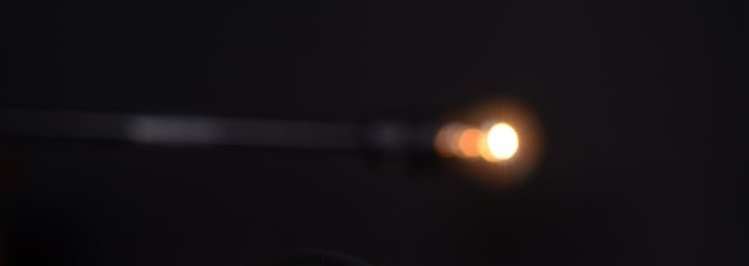Best of Last Week – Speed of light drops to zero, new Egyptian dinosaur and cardiovascular benefits of sunlight

It was a good week for physics as a team with members from China and Spain generalized Hardy's paradox by showing an even stronger conflict between quantum and classical physics—and it extended to any number of particles. Also, a trio of researchers from Israel and Brazil found that the speed of light drops to zero at "exceptional points" at which two light modes come together and coalesce. And a team of astrophysicists from Germany and the U.S. released IllustrisTNG, the most advanced universe model of its kind—it was created using novel computation methods. Also, another team of astrophysicists at the University of Oklahoma announced that they had discovered planets in extragalactic galaxies using microlensing—the first discovery of planets existing beyond the Milky Way.
In other news, a large team of geologists suggested that toward the end of the Ice Age, humans survived fires caused by a cosmic impact larger than the dinosaur killer—they believe that Earth moved through the path of a disintegrating comet, resulting in fireballs entering the atmosphere. And a team at Calico Life Sciences LLC found that the naked mole rat defies Gompertz's mortality law, which states that the risk of death for a typical mammal grows exponentially after they reach sexual maturity. And a team at Mansoura University in Egypt found a new Egyptian dinosaur that revealed an ancient link between Africa and Europe—the fossils they found in the Sahara desert represent a new species, Mansourasaurus shahinae. Also, a team at the Stanford University School of Medicine announced that they had developed a cancer "vaccine" that eliminated tumors in mice—the process involved injecting immune-stimulating agents directly into the tumors. And a team led by researchers at Duke University found a mutational timer built into the chemistry of DNA—they believe it determines the frequency at which specific mutations spontaneously occur.
And finally, if you have been scared off basking in the sun lest you get skin cancer, you might want to think again, as a team at Ohio University found that vitamin D3, which is synthesized in the skin during sun exposure, could heal or prevent cardiovascular damage—D3 is made by the body naturally when skin is exposed to the sun.
© 2018 Science X